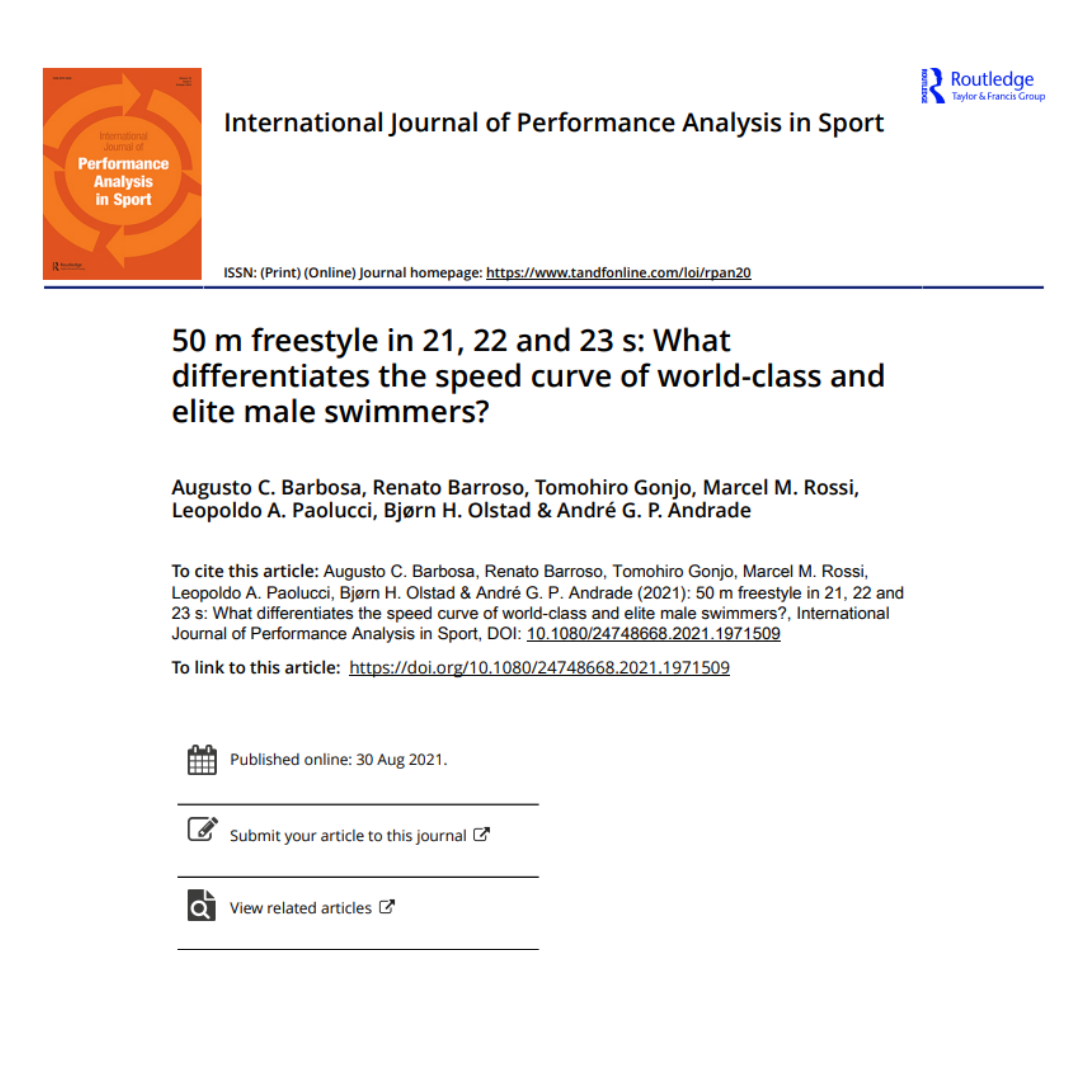The gold rush in Para swimming: changes in the speed curve of a visually impaired world and paralympic champion – a case study
We examined the association between the speed curve parameters of a Paralympic swimmer in the 50-meter freestyle and changes in her speed curve. The average speed on the speedometer was correlated with the time in the 50-meter freestyle, and the contribution of the kick increased, allowing her to stay longer in the upper part of the curve. READ!


